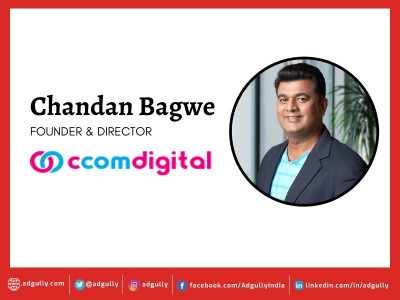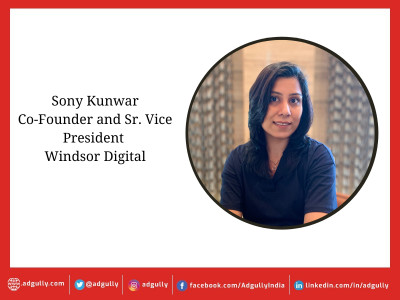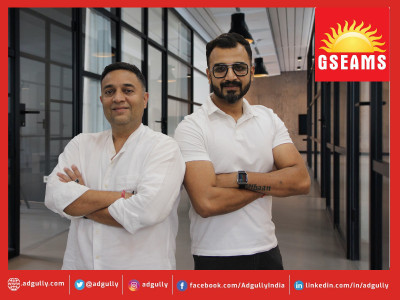How correct marketing can make fintech brands more approachable
Authored by Gaurav Nijhawan, VP, Marketing, Stashfin.
Why do we remember advertisements that we’d have watched one or even two decades ago? It could be the tagline, it could be the song used, or it could be the product that is being advertised. And it did not end just there. What we saw on television soon reached market shelves, it made it to public hoardings, and eventually found a place in our homes, our hands. They gave us a vocabulary. We remember because the advertisement reached out to us; it may not have been enacted right in front of us, but we felt like a part of what just transpired. The deep dive into everyone’s homes, hearts and minds was possible because of one thing – insight. It has always been this insight that has brought out the implicit truth; it has been insight that has articulated our unexpressed thoughts, giving wings to our imagination.
Further, marketing and communication stand firmly behind the success of any brand, product or service. The first public unveiling of any such brand, product or service takes into account multiple factors – why is the product being marketed? Who is the target audience? What is the company looking to achieve with its marketing and communication? What steps is a company taking to make their branding, their communication more accessible?
These questions become heightened when a fintech brand is involved because its reputation precedes it each time. Typically, fintech is perceived as a space that’s boring or serious because it exists at the intersection of finance and technology. It’s also a particular form of challenge to market a fintech brand since the sensory experience associated with FMCG products is absent. Finding a fintech product on display in a grocery store may not be possible because most experiences with the former are virtual and the only time there is any form of physical interaction is when you take out your card to use it. This makes it pertinent to get the physical product and packaging right given the limited physical points of contact, and the point where customers interact the most with a fintech brand is through its App. Therefore, customers will experience these brands by the customized and seamless UI/UX journey once they open the app, fill in their details or apply for any new product. Enhancing the UI/UX journey of customers who apply for the products goes a long way in creating an environment where their interaction with the brand is smooth and memorable. What fintech brands also need to do and get right, is to leverage the insights in the financial space. Understanding existing and new customers, what kind of messaging works for whom and how each customer will interact with the fintech product form essential practice because these brands are trying to fulfill the aspirations of credit starved Indians who want to bring about a change in their lives.
India is a country where crores of people are credit-starved and there’s a clear gap between demand and supply. What correct marketing and communication can achieve is to ensure the underserved and unserved segment of the population becomes aware of how to realise their dreams. The language used needs to be local, personal, and intimate enough to initiate an individual into considering the fintech ecosystem.
At the end of the day, more than just cashback offers, highest spender rewards and access to instant funds, what an ideal fintech company aims for is the financial inclusion of the credit-starved. That is where marketing, communicating and branding will help simplify each procedure, and ensure that every Indian is able to access credit.
From ‘kuch meetha ho jaaye’ to ‘darr ke aage jeet hai’ to ‘it’s different’ – marketing and communication have always been about giving life to an inanimate object. And fintech is that important industry that calls for accessibility and adaptability, with just the right amount of help.
















Share
Facebook
YouTube
Tweet
Twitter
LinkedIn